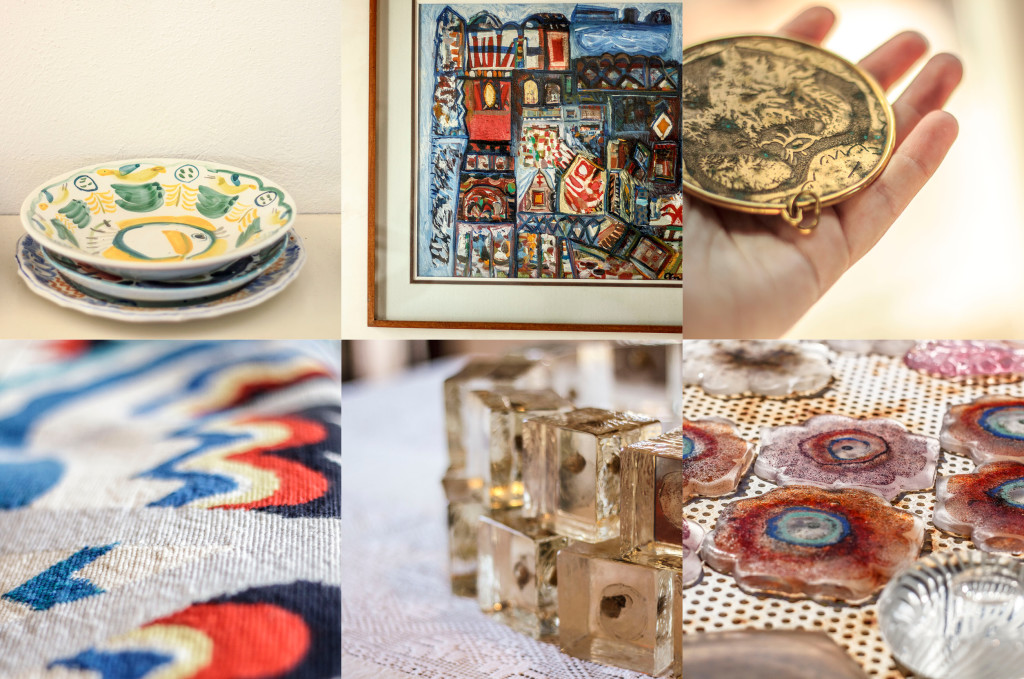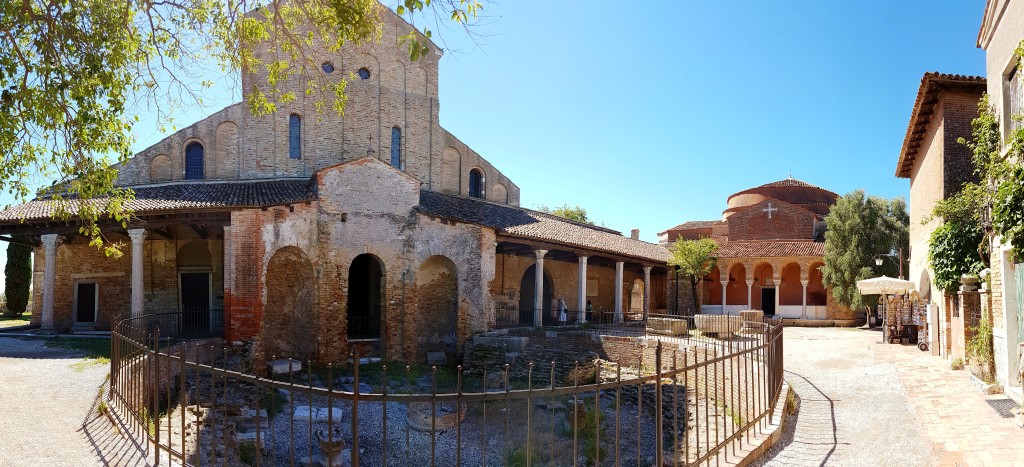TERRITORY
VENICE AND ISLANDS

After just a few minutes by boat we reached Torcello, a quiet small island in the Venetian Lagoon rich in history and art.
The squared shape of Torcello’s bell tower made us very curious since our very first bike rides to Lio Piccolo and Treporti.
In the past, this island used to be one of the most flourishing settlements of the Venetian Lagoon, but it suffered a slow but inevitable decline due to the increasing importance of the nearby young Venice.
Very rich in archaeological heritage, today Torcello counts only 9 inhabitants and about one million tourists a year!
The peaceful atmosphere and the unique characteristics of this island attracted famous artists of the past. Among others, Ernest Hemingway, who chose this place to write his novel “Across the River and into the Trees”.
Moving along the canal, from the pier to the center of the island, we decided to stop at the Andrich Home-Museum.
“Lucio Andrich, the genius artist from the Agordo area, recently rediscovered with a wonderful exposition in the Sant’Erasmo island, and his wife Clementina loved each other and fought. She was blonde, and she sat in a bench out of the door, embroidering tapestries that recalled her husband’s paintings.”
– www.museoandrich.com–
At his death, his nephew, Paolo Andrich, decided to turn his uncle’s home into a home-museum with guided tours.
To get to the front gate we had to go down an avenue with blackberry bushes on the sides. We could see the great Dolomites on the horizon, and it’s exactly there that Andrich was born. This beautiful panorama was painted in purple thanks to the blooming limonium, a typical species of this area, that would cover all the emerged shoals in a few weeks time. It’s from this splendid image that we start to tell the story of Torcello, from the very first settlements during the first centuries of the Roman Empire, which happened at the same time that the nearby city of Altino was founded.
Together with the islands of Mazzorbo, Burano, Ammiana and Costanziaco, Torcello was the bridgehead of the great trade of Venetia et Histria in the Adriatic Sea.
After entering this house we immediately felt the passion of Paolo Andrich for his uncle’s art and for this very unique territory. Every small detail was a work of art: from the tiles on the fireplace to pottery, from marbles to old furnitures; everything was surrounded by paintings, engravings, sketches…

Leaving Andrich House we found Ponte del Diavolo (Devil’s bridge) before reaching the Basilica of Santa Maria Assunta. Built in 639, the cathedral is a classic example of Byzantine art. In the XI century the church of Santa Fosca was built right next to the Basilica. The church has a Greek cross plan, which is also typical of the Byzantine style, and it has a porch with columns.
Inside the Basilica it was possible to see the great mosaic showing the Last Judgement. The large windows with marble shutters are a peculiar detail of this building.
The museo provinciale of Torcello can be found in the same square where the church lies. There it’s possible to admire the famous “Trono di Attila”.

After spending the whole morning in Torcello we decided to get back to the pier: what would our next stop be?
We stepped on the boat, and we decided to go visit Burano: the island of colors and lace… find out how our trip went on in our next article!

